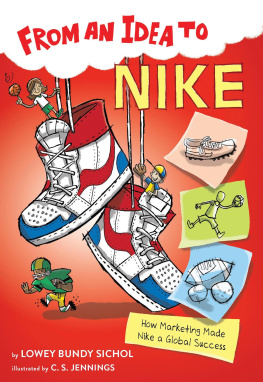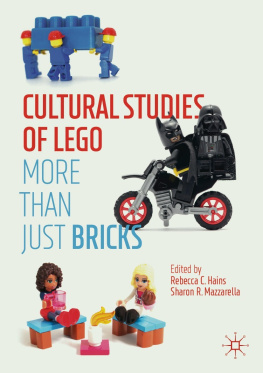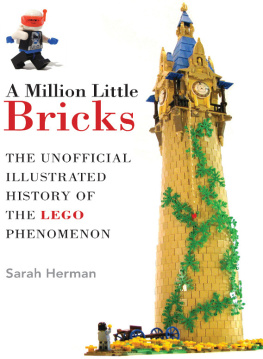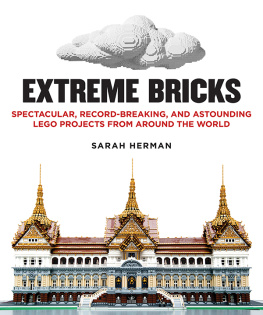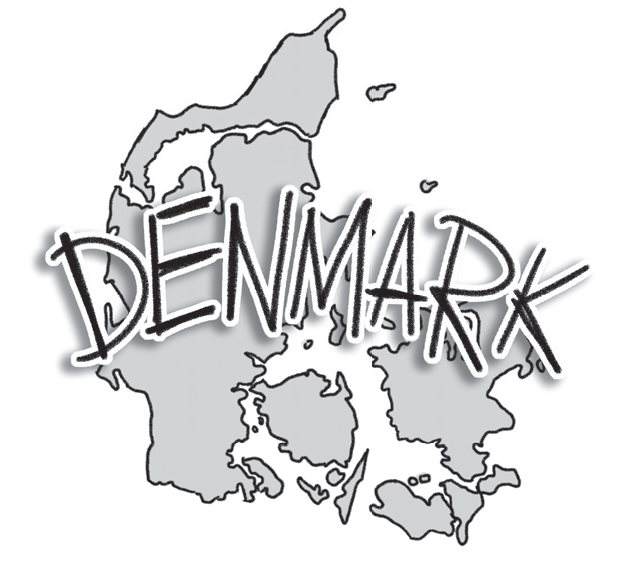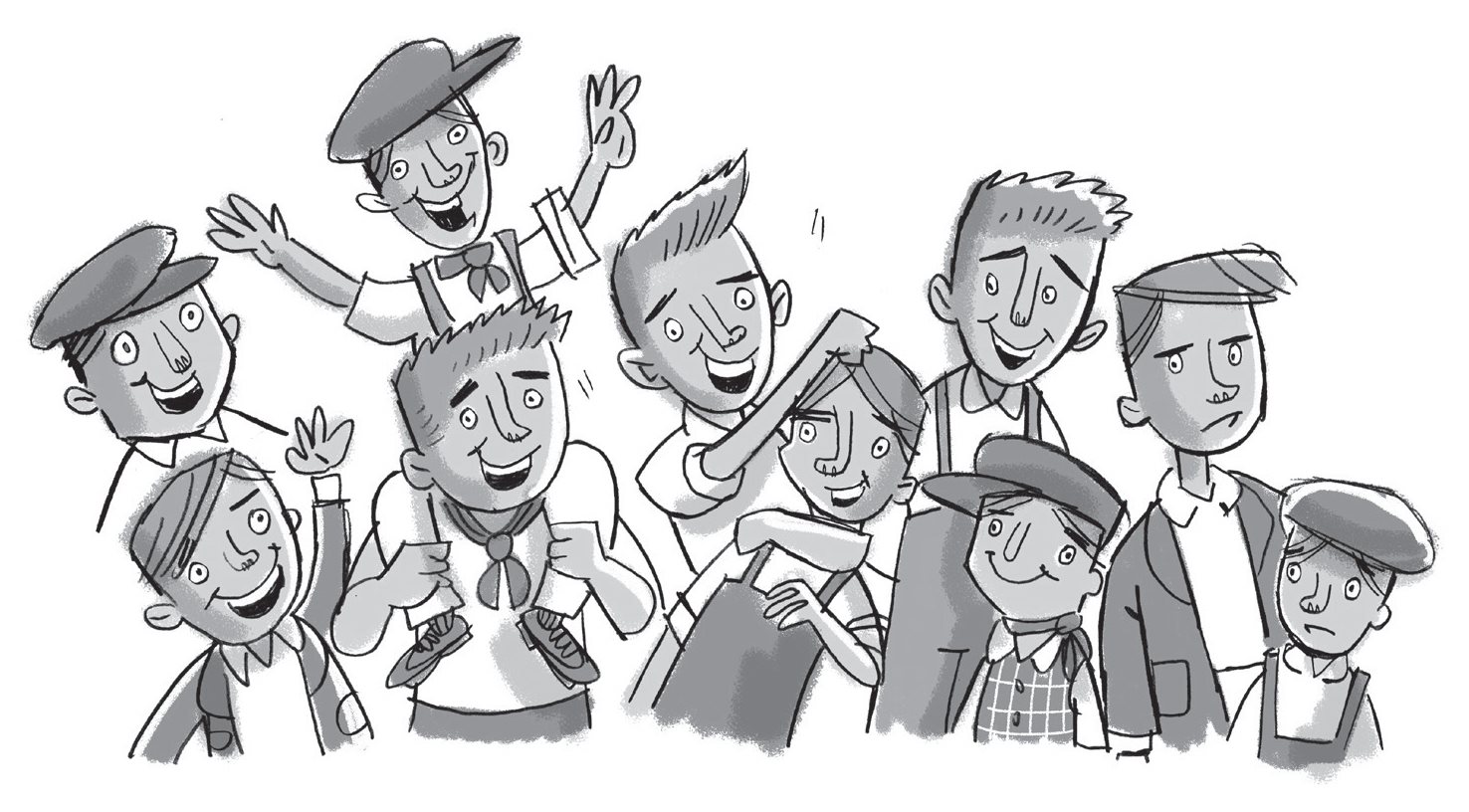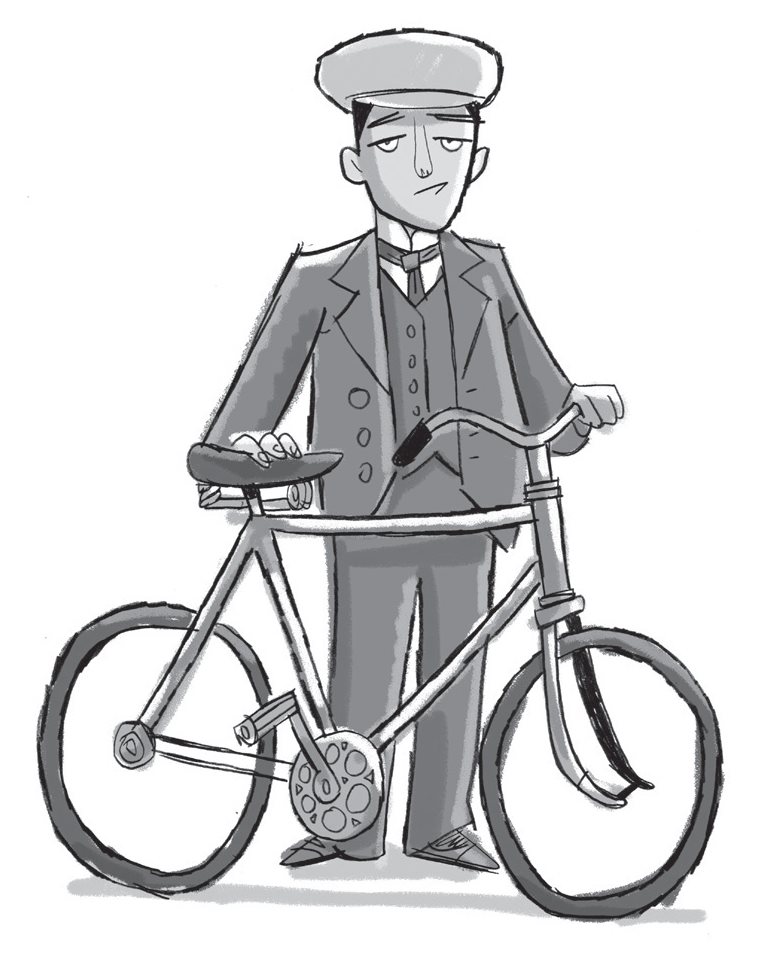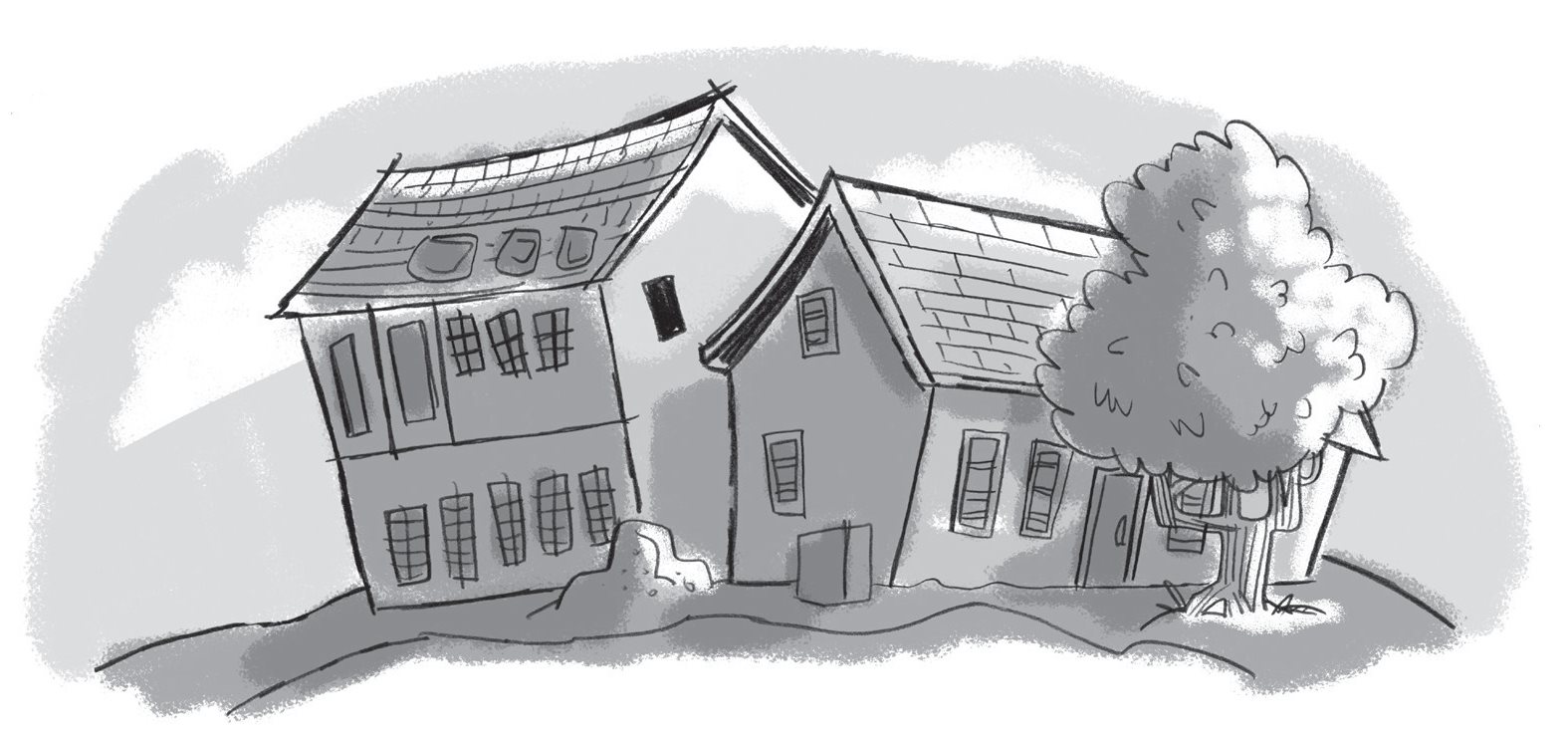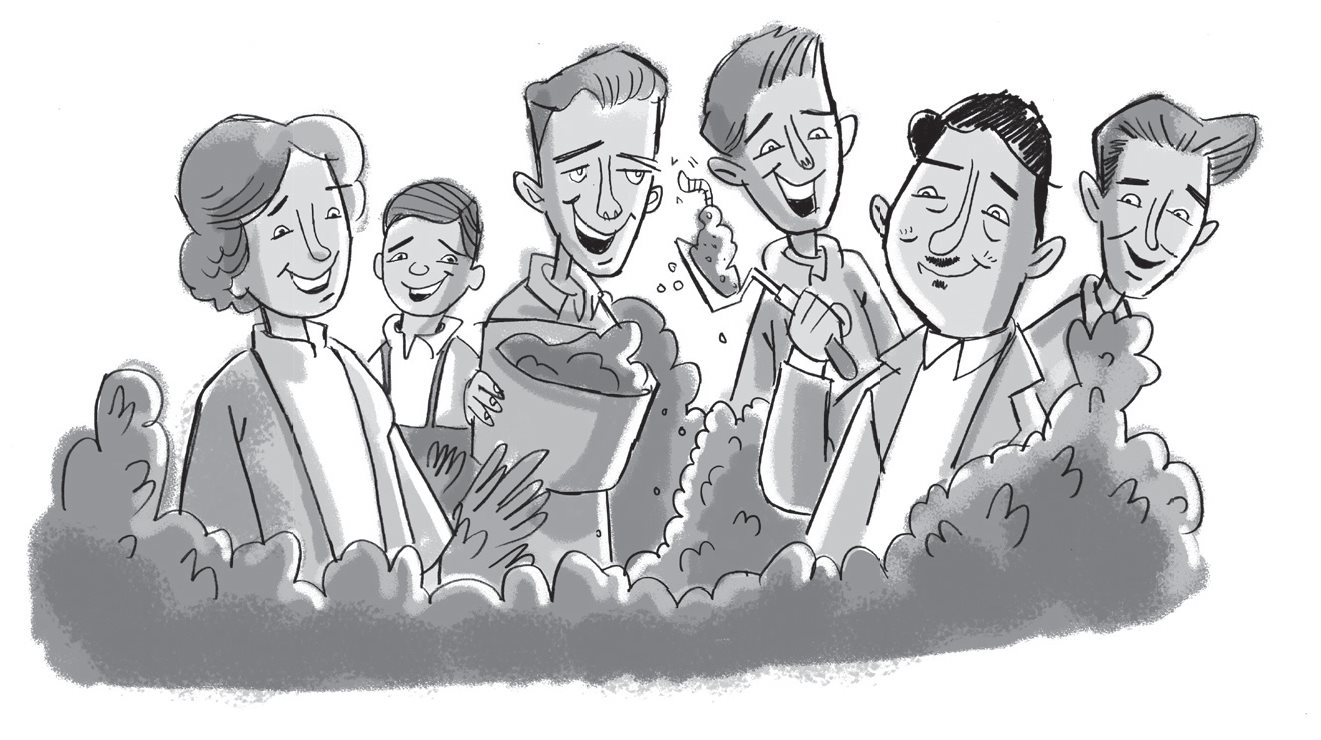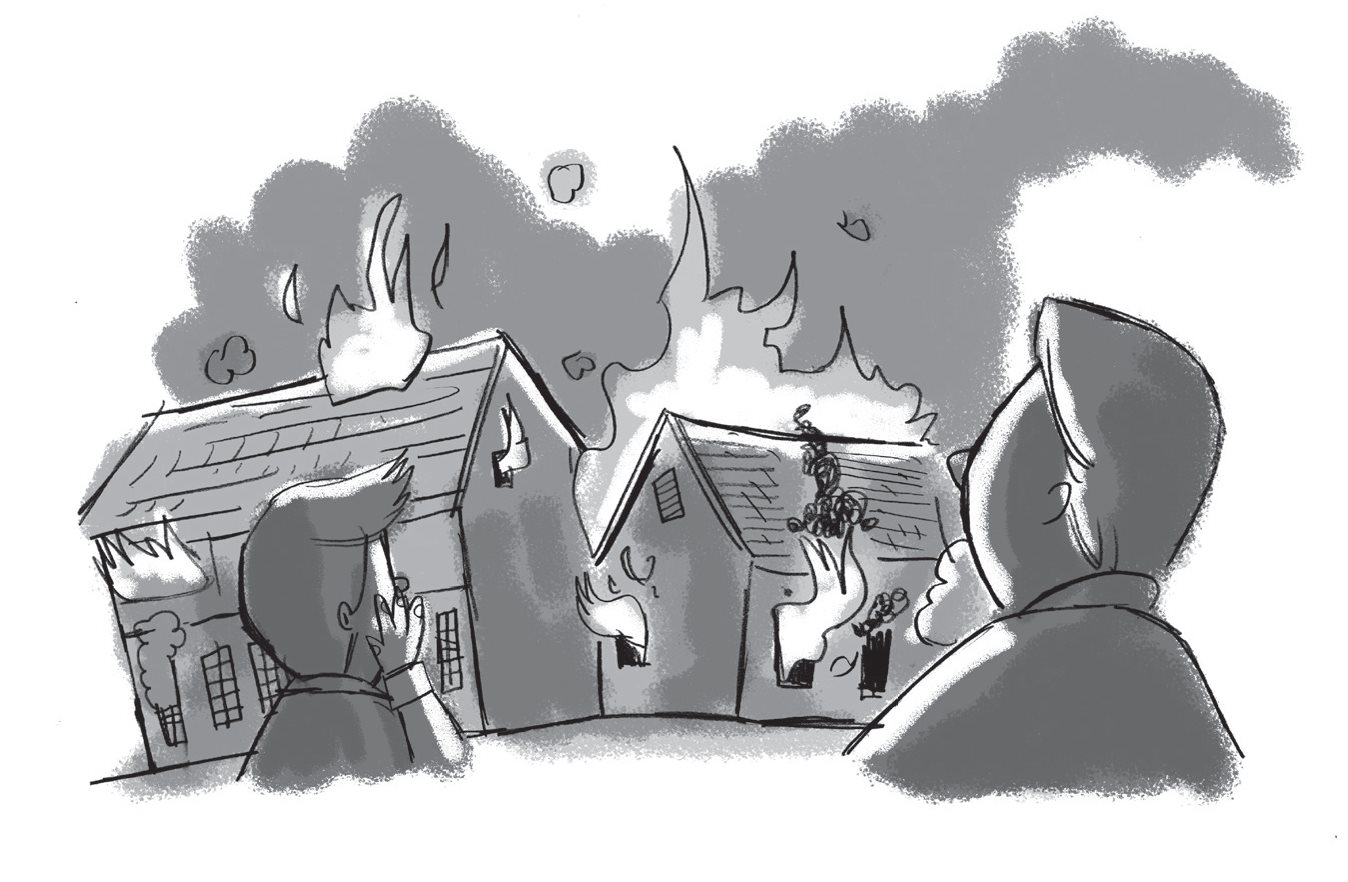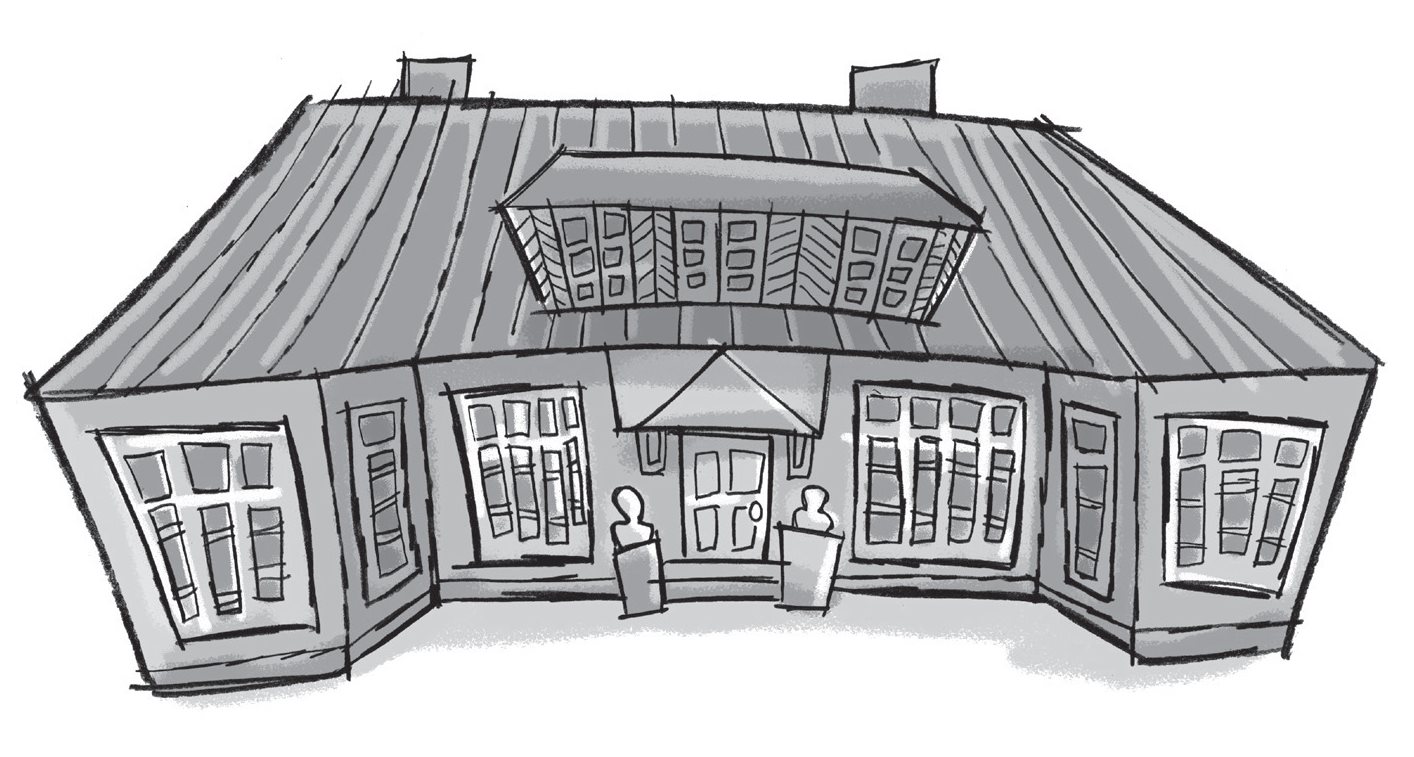Copyright 2019 by Lowey Bundy Sichol
Illustrations copyright 2019 Houghton Mifflin Harcourt
Illustrations by C.S. Jennings
All rights reserved. For information about permission to reproduce selections from this book, write to or to Permissions, Houghton Mifflin Harcourt Publishing Company, 3 Park Avenue, 19th Floor, New York, New York 10016.
hmhbooks.com
Cover design by Phil Caminiti
The Library of Congress has cataloged the print edition as follows:
Names: Sichol, Lowey Bundy, author.
Title: From an idea to Lego : the building bricks behind the worlds largest toy company / by Lowey Bundy Sichol.
Description: Boston : Houghton Mifflin Harcourt, [2019] | Series: From an idea to... ; 3
Identifiers: LCCN 2018016631| ISBN 9781328954930 (paper over board) | ISBN 9781328954947 (pbk.)
Subjects: LCSH: LEGO koncernen (Denmark)Juvenile literature. | LEGO toysHistoryJuvenile literature. | Toy industryDenmark HistoryJuvenile literature.
Classification: LCC HD9993.T694 L4475 2019 | DDC 338.7/688725dc23
LC record available at https://lccn.loc.gov/2018016631
eISBN 978-0-358-05601-0
v1.0619
For Beekey & GrampyLEGO is the story of learning through play meets business smarts. I cant think of two better people to dedicate this book to. Thank you for everything.
Only the best is good enough.
Ole Kirk Christiansen,
founder of LEGO
Have you ever wondered what the business story behind LEGO is?
It may seem like LEGO has been around forever. The reality is that LEGO has been around for more than three generations. That means you, your parents, and even your grandparents may have all built fantastic creations with LEGO.
Today, all things LEGO are produced by a company called the LEGO Group, and hundreds of millions of children and adults play with billions of LEGO pieces every day. But almost one hundred years ago, LEGO was just an idea. An idea that a carpenter had to earn money while raising his four young boys. He began by making wooden toys and eventually launched a building system that changed the toy industry forever.
This is the story of LEGO and how little plastic bricks, like the ones scattered across your bedroom floor, helped create the biggest toy company in the world.
Ole Kirk Christiansen
Ole (pronounced OH-lay) Kirk Christiansen was born on April 7, 1891, in the small village of Filskov, Denmark. At the time, only three hundred people lived in Oles village, most of whom were farmers.
Life is a gift, but its more than just that. Life is a challenge.
Ole Kirk Christiansen
Life was hard for the Christiansen family. His parents, Jens Niels and Kirstine Christiansen, had ten children to care for, and Ole was the youngest. They had only enough money to provide the necessitiesfood, clothing, shelter, and schooling.
At the young age of seven, Ole went to work on a nearby farm to help earn money for his family. When he wasnt working or attending school, Ole enjoyed making things out of wood, and over time, he became quite good at it.
When Ole was fourteen, he worked for his older brother, Kristian, as an apprentice carpenter. Ole trained for six years, from 1905 to 1911. After his apprenticeship was over, he spent the next five years serving in the military, studying at the Haslev Technical School, and working as a carpenter in both Germany and Norway. During that time, Ole also met a woman named Kirstine and they fell in love.
According to the World Happiness Report 2017, Denmark is considered the happiest country in the world.
In 1916, Ole and Kirstine returned home to Denmark and were married. They moved to a small town called Billund, which had only a handful of farms, a grocery store, a dairy, a blacksmith, one inn, and a school. There, he bought the Billund Carpentry Shop and Lumberyard for ten thousand Danish kroner (or approximately sixteen hundred dollars).
Ole was a very skilled carpenter, and took great pride in the craftsmanship of his work. He hired a handful of carpenters, and together they built doors, cabinets, and cupboards, as well as entire houses, stables, dairies, and churches for the local townspeople.
The Billund Carpentry Shop and Lumberyard had a house attached to the back, where Ole and Kirstine lived. They had four sonsJohannes (born in 1917), Karl (born in 1919), Godtfred (born in 1920), and Gerhardt (born in 1926).
Ole was a wonderful father and loved children. He was involved in his church and its Sunday school. He helped with the churchs scouting program for boys and girls. And he taught children at the local Handicrafts School. When Ole needed inspiration or quiet, he spent time gardening and beekeeping.
THE FIRST FIRE
One Sunday afternoon in 1924, five-year-old Karl and four-year-old Godtfred were playing in Oles workshop. While trying to light a hot glue machine, the young boys accidentally set fire to some wood shavings. The fire grew from a small flame to a raging blaze that engulfed the entire factory and house, burning them to ashes.
Despite the property loss, Ole was relieved that no one was injured. He remained calm, kept a positive outlook, and took this opportunity to rebuild his workshop. Ole hired an architect named Jesper Jespesen, who designed a new factory that was even larger and grander than the first.
HARD TIMES
The year 1930 marked the start of a difficult time for Ole. By then, the Great Depression had reached Denmark and deeply affected Oles carpentry business. Farmers and villagers could no longer afford his products and services. Ole resorted to making less expensive items such as ladders, stools, and ironing boards. But even with these new pieces, he did not earn enough money to be able to pay his employees their salaries, and he was forced to have




